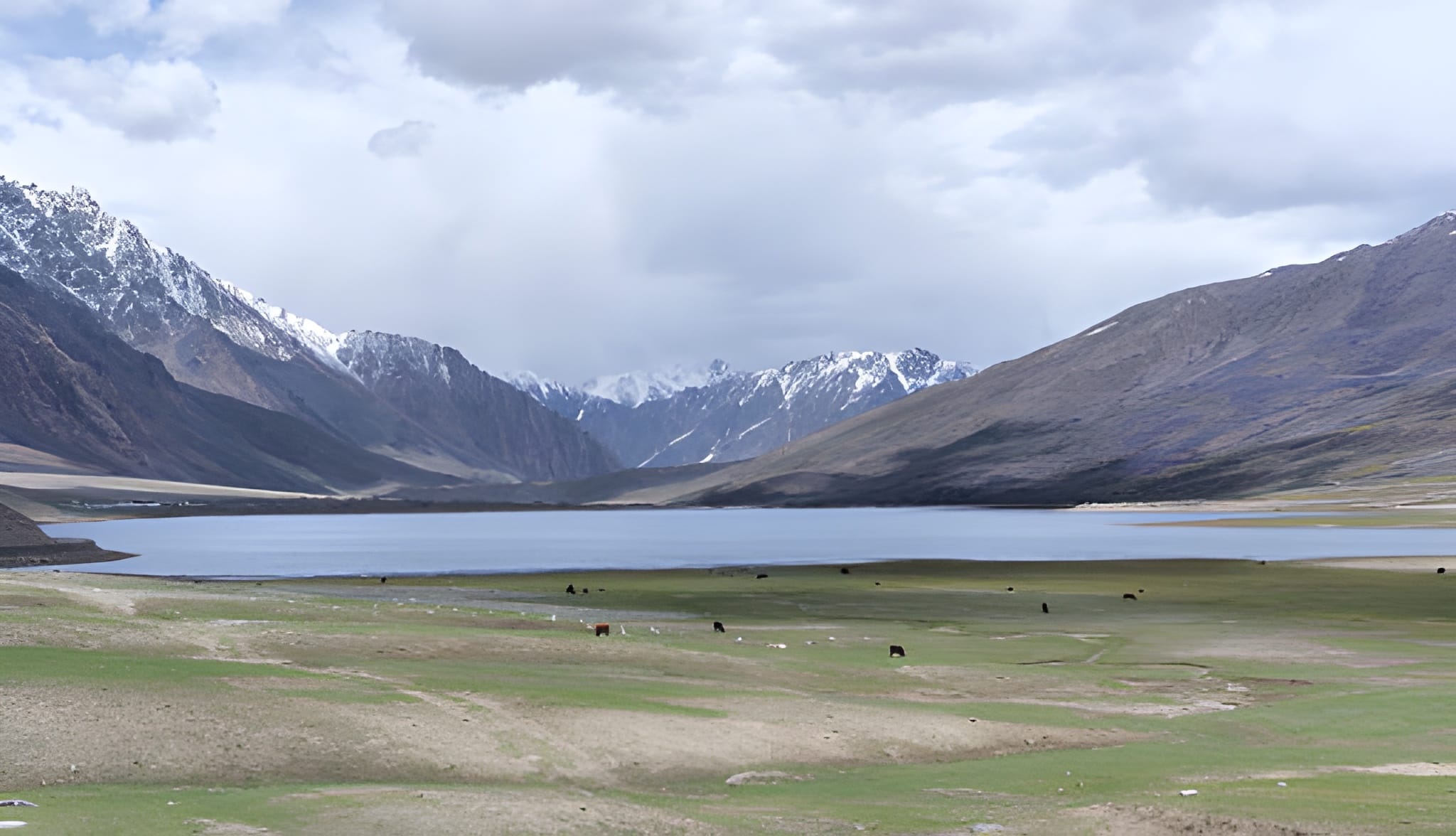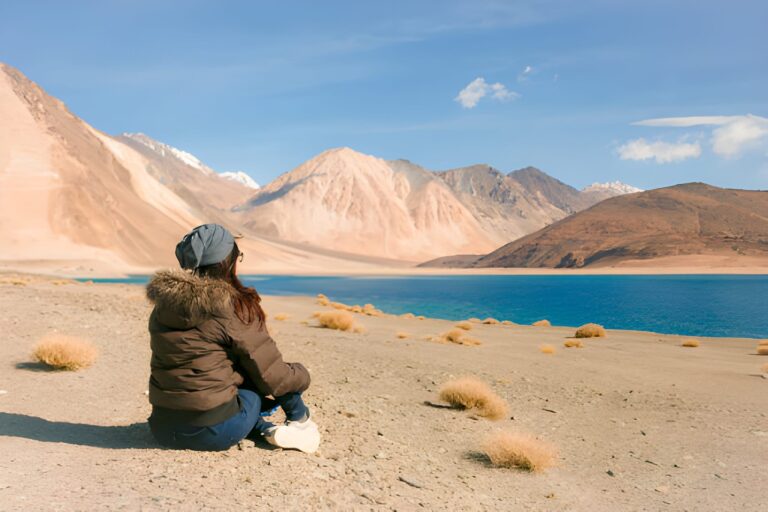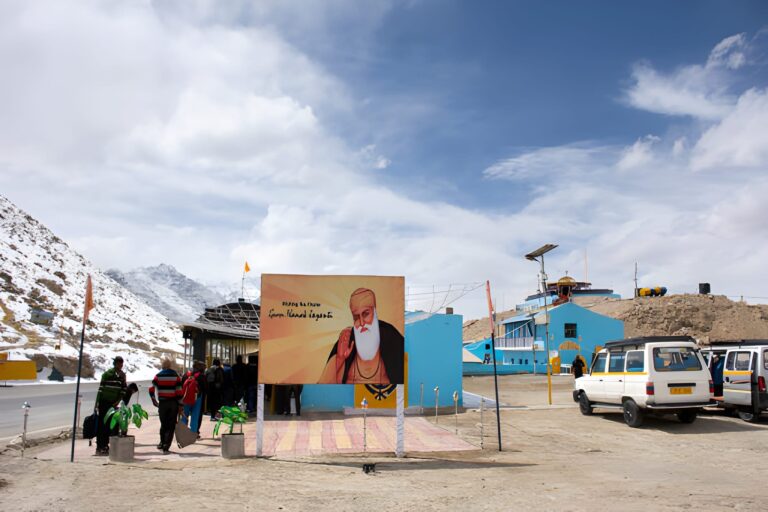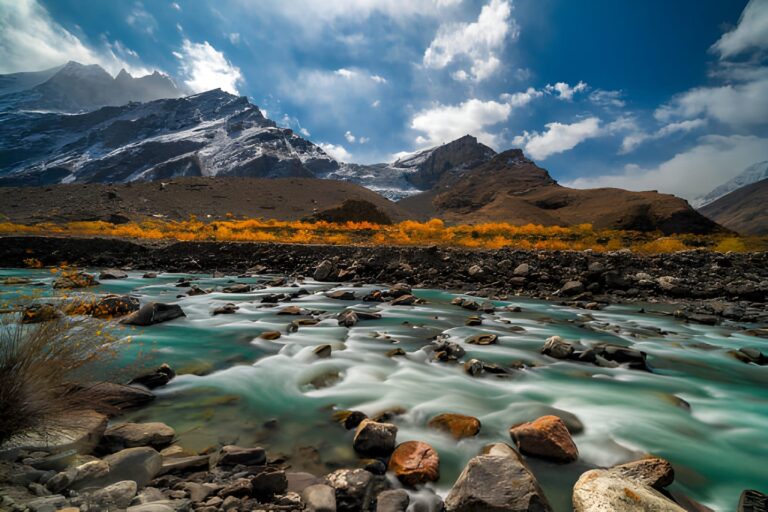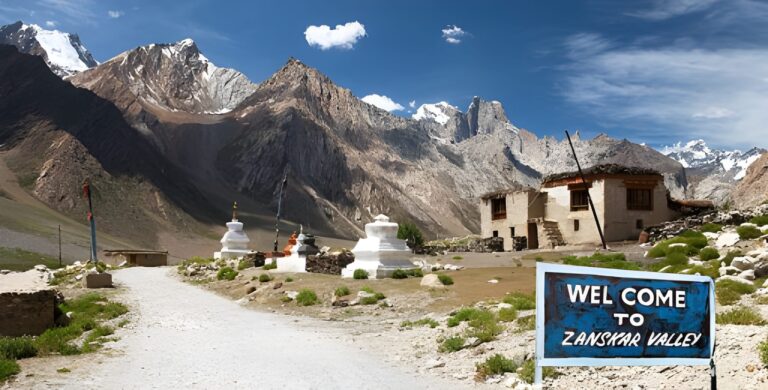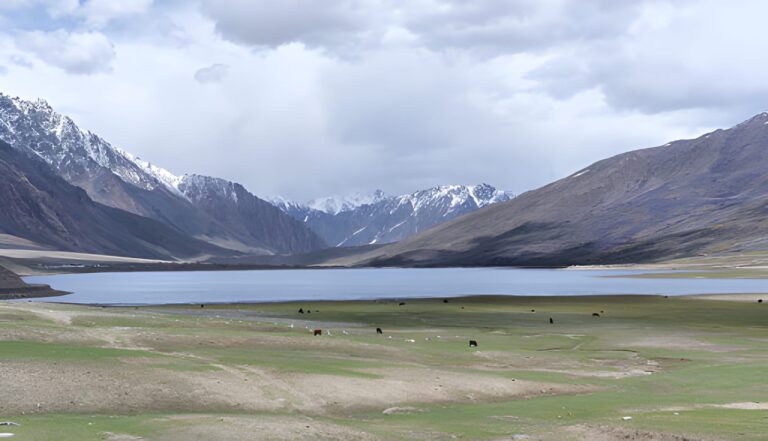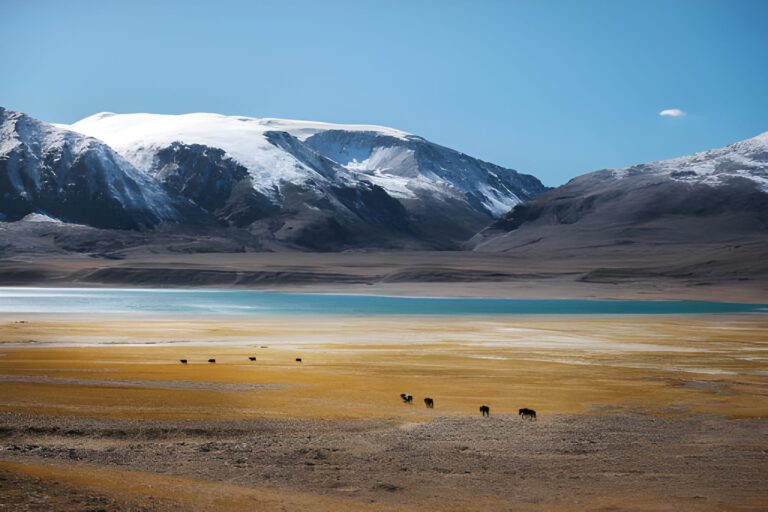A Ladakh bike trip package is not just about thrilling rides and stunning landscapes; it’s an opportunity to immerse yourself in one of the world’s most unique ecosystems.
The stark, high-altitude desert of Ladakh, with its dramatic mountains and pristine lakes, is home to a surprisingly diverse and resilient array of flora and fauna. Endeavour Ladakh invites you to discover the hidden wildlife and vibrant plant life that make this region so special.
Geography and Climate of Ladakh
Ladakh is a high-altitude cold desert located in the northernmost part of India.
The region lies in the rain shadow of the Himalayas, receiving very little rainfall — typically less than 100 mm annually. Its climate is characterized by extreme temperature fluctuations, with scorching hot days in the sun and freezing nights, even in summer.
Winters are brutal, with temperatures plummeting well below freezing. The landscape is a mix of barren, rocky mountains, high-altitude plateaus, and serene river valleys, which receive water primarily from melting snow.
This harsh environment has given rise to species with incredible survival adaptations.
Flora and Faunal Diversity of Ladakh
Despite its seemingly barren appearance, Ladakh’s biodiversity is rich and unique. The region’s flora and fauna have evolved to thrive in this challenging environment — a true testament to nature’s resilience.
The biodiversity is concentrated in river valleys, wetlands, and protected areas, providing vital habitats for a variety of species.
Flora in Ladakh
The flora of Ladakh is predominantly alpine and high-alpine. While you won’t find lush forests, the hardy plants that bloom during the short summer months are remarkable.
Shrubs
-
The most common shrub is the Sea Buckthorn, locally known as Leh Berry.
-
This resilient plant is packed with vitamins and antioxidants and has been used for centuries in local medicine and beverages.
-
You’ll often see its bright orange berries lining the riverbanks.
Alpine Flowers
During the summer, high-altitude meadows transform with a burst of color.
You can spot vibrant flowers like the Ladakh Poppy, Edelweiss, and various species of Primula and Wild Roses.
Medicinal Plants
Ladakh is a treasure trove of medicinal plants, many of which are used in the traditional Amchi system of medicine.
Notable examples include Ephedra and Rhodia, known for their healing properties.
Fauna in Ladakh
The fauna of Ladakh is iconic, with many species perfectly adapted to life in the extreme cold.
-
Snow Leopard (Shan): The most famous resident of Ladakh, often called the Ghost of the Mountains. This elusive cat is an apex predator and a symbol of conservation efforts.
-
Bharal (Himalayan Blue Sheep): The primary prey of the snow leopard; these agile animals are often seen in large herds on rocky slopes.
-
Tibetan Wild Ass (Kiang): Found on the vast plains of the Changthang Plateau — strong, graceful, and often seen grazing in herds.
-
Asiatic Ibex: Recognized for their long, curved horns; these wild goats are experts at navigating rugged, rocky terrain.
-
Himalayan Marmot: Large, burrowing rodents commonly seen standing upright near their burrows, emitting a sharp warning call.
- Birds: Ladakh is a birdwatcher’s paradise. Look out for the Black-necked Crane, a rare and endangered species that migrates to Ladakh’s high-altitude wetlands. Other notable birds include the Golden Eagle, Himalayan Griffon Vulture, and various finches and pigeons.
Special Adaptations in the Flora and Fauna of Ladakh
Flora
-
Thick, waxy leaves minimize water loss.
-
Extensive root systems anchor plants in rocky soil.
-
A short but intense flowering season maximizes the brief summer window.
Fauna
-
Thick fur coats to combat freezing temperatures.
-
Snow Leopards have large nasal cavities to warm inhaled air and wide paws that act like snowshoes.
-
Tibetan Wild Asses and herbivores have strong metabolisms to survive on sparse vegetation.
-
Many animals, like the Himalayan Marmot, hibernate for months to endure harsh winters.
Best Time to Experience the Flora and Fauna of Ladakh
For General Wildlife & Birdwatching
-
May to October is the best period.
-
Weather is mild, roads are open, and most animals are active.
-
Flora is at its most vibrant during these months.
For Snow Leopard Sightings
-
December to March is ideal for spotting Snow Leopards, as they descend to lower altitudes in search of prey.
-
This is a specialized trip and not part of the standard Ladakh Bike Trip.
Best Places to See the Flora and Fauna of Ladakh
-
Hemis National Park: The most famous destination for wildlife viewing — particularly for Snow Leopards.
-
Changthang Cold Desert Wildlife Sanctuary: Home to the Tibetan Wild Ass, Black-necked Crane, and several other high-altitude species.
-
Pangong Tso & Tso Moriri: Crucial habitats for migratory birds like the Black-necked Crane and Bar-headed Geese. The surrounding areas are filled with Marmots and small mammals.
-
Nubra Valley: Beyond its sand dunes, Nubra is home to the double-humped Bactrian Camel and offers unique valley flora and fauna.
Travel Tips for Responsible Wildlife Watching
As you embark on your Ladakh road trip, remember you are a guest in the home of these magnificent creatures.
-
Maintain Distance: Observe wildlife from afar; never approach or feed them.
-
Don’t Litter: Carry all your trash back — the fragile ecosystem cannot handle waste.
-
Hire Local Guides: They enhance your experience with deep knowledge of the region’s ecology and traditions.
-
Respect the Habitat: Stay on marked paths; do not disturb plants or animal burrows.
Final Words
The flora and fauna of Ladakh stand as symbols of adaptation and endurance.
Incorporating a wildlife-focused segment into your Ladakh tour packages or Ladakh bike trip is an enriching experience that connects you with the raw, untamed spirit of the Himalayas.
Endeavour Ladakh is dedicated to offering responsible and unforgettable adventures, ensuring that the region’s unique biodiversity is preserved for generations to come.

